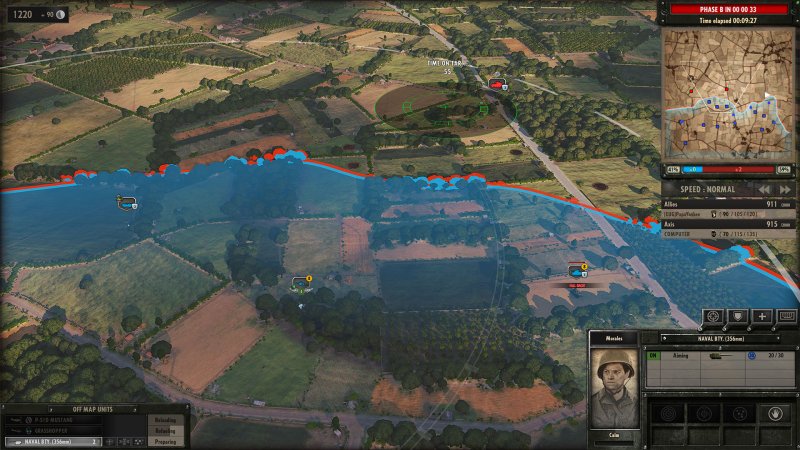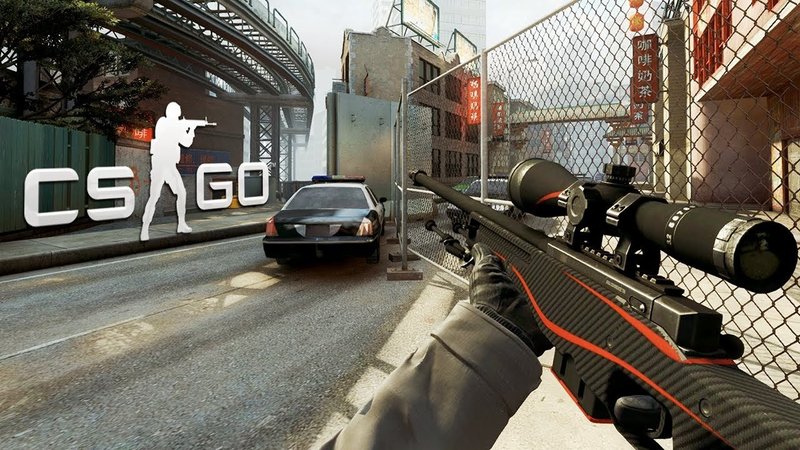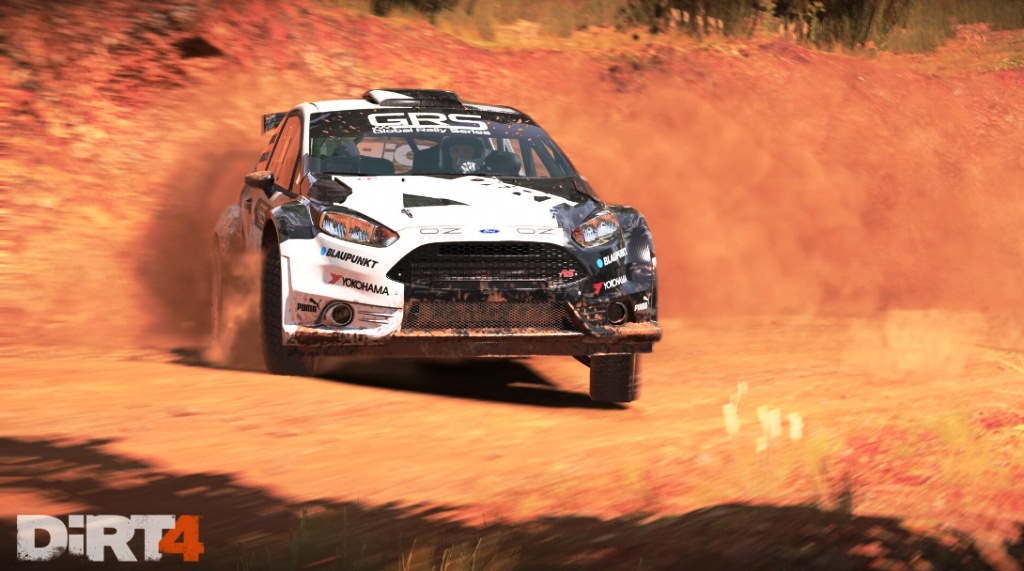Steel Division: Normandy 44 is a strategic real-time set during World War II, a scenario that after a few years of thin is returning to the center of the interest of gamers. This is the latest effort of the specialists of Eugen Systems, a team with a great experience of strategic behind (we mention in particular Act of War and Wargame),
which under the wing of the publisher Paradox Interactive have been able to produce a game without compromise, aiming to an audience of enthusiasts. In short, do not be fooled by the genre, because Steel Division: Normandy 44 has very little to do with titles such as Halo Wars 2 or Warhammer 40,000: Dawn of War III. The Company of Heroes himself is very distant from him,
despite sharing the same scenario. As soon as you start you must first launch the long tutorial, which only lasts a few hours. This is an aspect that should not be underestimated, because starting from the single player campaign or, even from the online mode, without knowing the basics means
being swept away without understanding why. The first factor to take into consideration is the choice of troops, which takes place according to a very simple system: each unit corresponds to a sort of card that must be selected by inserting it into our army. At the beginning of a game, the first units must therefore be deployed,
The battlefield is usually divided into three areas: one blue, one red and one neutral. The first one is under our control, the second one is under the control of the opponent and the third one speaks for itself. It must be said that usually neutral areas remain so for a few seconds, especially in online skirmishes, where the goal is to widen the front as much as possible to accumulate more points of the opponents.
THE THREE PHASES
In the previous paragraph we briefly mentioned the three-phase system, which deserves a few more words because it is central to the gameplay.
To understand this, it is first necessary to understand how the Steel Division troops work: not only does each unit have different values, but also peculiar mechanics. Unlike other strategists in real time, here troops are not compared on uniform numbers,
but have specific roles, which make them better or worse depending on the situation.For example, attacking a tank with even ten infantry units involves a safe slaughter, as well as deploying
bombers when it is certain that the enemy has an anti-aircraft unit. Even the real confrontations are more complicated than those of other strategists in real time,
by virtue of a system that does not provide for the immediate elimination of troops. In this way you have the opportunity to move them back to a safe area and then return them to fight; as long as it is granted to us by the adversary, who can instead continue to target them by ending them (either by killing everyone or by giving them up).
Here are the three phases in which each battle is divided: in phase A, the lightest troops are deployed, such as reconnaissance (terrestrial and aerial), which are used to identify the position and quantity of enemy troops, infantry, artillery , some posts (especially heavy machine guns),
support troops for the provision of ammunition, the weakest tanks and so on. This is the phase in which the front usually settles and the battles take on their physiognomy.
Phase B sees the deployment of middle weights, while Phase C, the last one, of big guys (heavy tanks, air strikes and so on).The interweaving of all these mechanics, to which the possibility of using buildings and vegetation as roofing, the intelligent use of roads
and other small but crucial factors, is what makes Steel Division: Normandy 1944 an exceptional strategic both at the level management of the entire battle, both at the level of individual actions.
After completely dominating the interface and understanding how to move the troops without causing them to slaughter, the games become spectacular, with fronts that are reversed thanks to a shrewd use of the troops unlocked in one of the two advanced stages;
with the creation of impenetrable defensive lines but at the same time counterproductive because they slow down the conquest of the front; and with the emergence of many other situations that only a strategic one with this complexity can guarantee.



